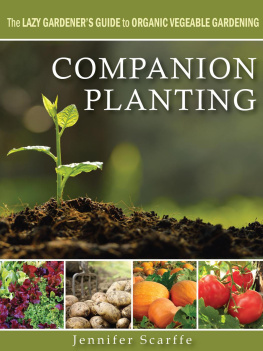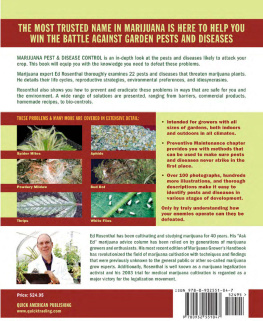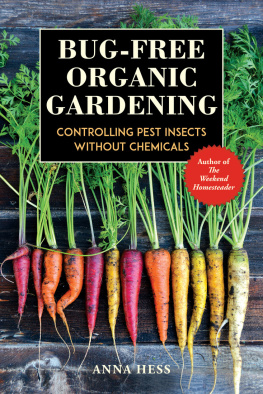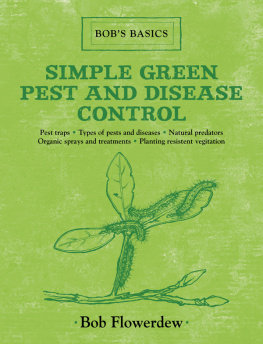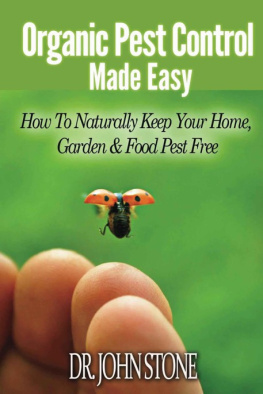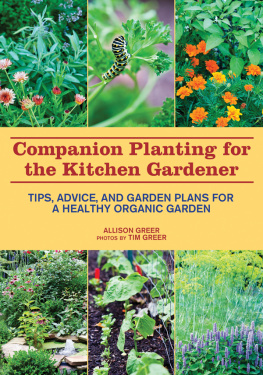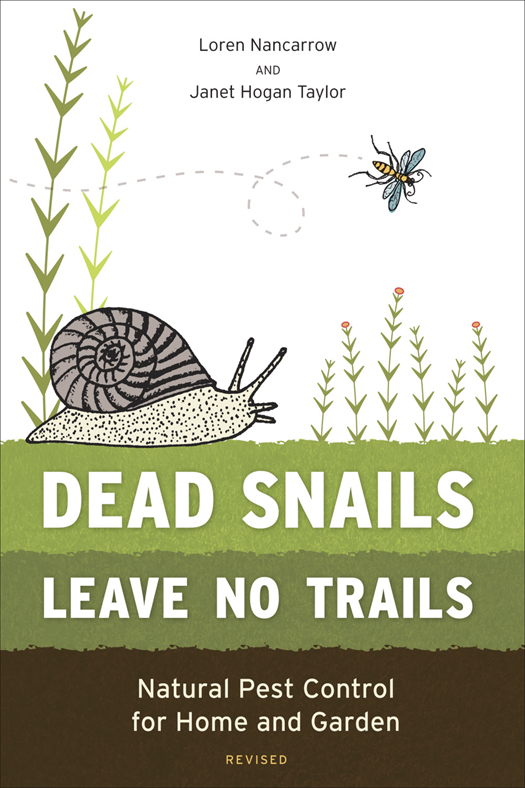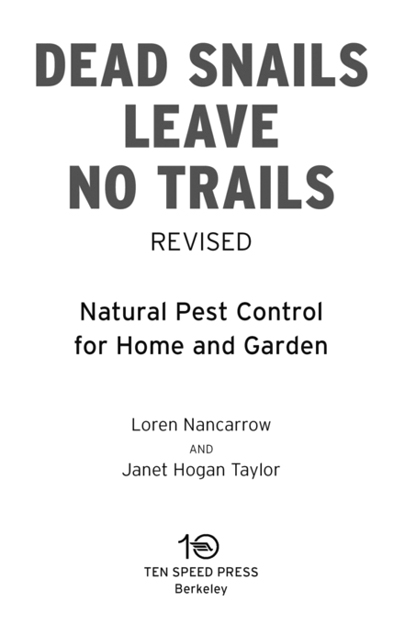Copyright 1996, 2013 by Loren Nancarrow and Janet Hogan Taylor
All rights reserved.
Published in the United States by Ten Speed Press, an imprint of the Crown Publishing Group, a division of Random House, Inc., New York.
www.crownpublishing.com
www.tenspeed.com
Ten Speed Press and the Ten Speed Press colophon are registered trademarks of Random House, Inc.
A previous edition was published by Ten Speed Press, Berkeley, CA, in 1996.
Library of Congress Cataloging-in-Publication Data
Nancarrow, Loren.
Dead snails leave no trails : natural pest control for home and garden / Loren Nancarrow and Janet Hogan Taylor. Rev.
p. cm.
Natural pest control for home and garden
Includes bibliographical references.
1. Garden pestsControl. 2. Plants, Protection of. 3. Household pestsControl.
I. Taylor, Janet Hogan, 1954- II. Title. III. Title: Natural pest control for home and garden.
SB603.5.N36 2013
635.0496dc23
eISBN: 978-1-60774-320-0
v3.1
Thank you to everyone who purchased the first edition of Dead Snails Leave No Trails. We hope you love this new and improved edition.
Thank you isnt enough to say to our agent, Julie Castiglia. You share our love of nature and understood our dream from the very beginning.
Contents

Introduction

Take a stroll through most home-and-garden stores these days and its easy to believe weve cured our addiction to chemicals. Terms like organic, earth friendly, all natural, locally grown, and so on are prominently displayed on product packaging. But our enlightenment may be more about slogans and marketing than a new understanding of the natural world and the importance of protecting it.
I realized how little weve moved toward chemical-free gardening while using social media. In addition to posting vacation pictures and keeping in touch with friends from back home, I use Facebook to share occasional gardening videos and images from my organic growing projects. Recently, I posted pictures of tomato hornworms, their sphinx moth mothers, and the cocoons containing the next generation of the hungry pests. My thinking was to connect the dots for gardeners who are suddenly finding the gigantic caterpillars in their gardens. Many people posted the inevitable: Eewwww, Yuck, and Ohhh gross! Quite a few people were surprised and appreciative that they now understood the pests life stages.
Aha! I had them, and I wanted to relate it to the best and least-toxic way to kill the garden bad guys. So I posted a picture of a hornworm covered with eggs from the tiny beneficial braconid wasp and added a short blurb explaining what the picture showed. I also suggested they be left in the garden when found with the eggs on their backs.
Now, after sharing my views for more than thirty years on TV in California, I assume the people who friend me on Facebook know I advocate less toxic methods of feeding our plants and managing pests. So I was shocked at the responses to my latest caterpillar and parasite picture. Those who commented advocated everything up to and including nuclear attack to kill the hornworm and especially the one with the growths all over its back. I reasoned with them: No, waitif left alone the eggs will hatch, and the baby wasps will eat the caterpillar and go on to search and destroy any other caterpillars in the garden! They didnt care. All they wanted was the thing gone; methods be damned. The last things they wanted were worms and wasps! Oh well, I tried. But I knew there had to be a better wayand that is precisely what my friend Janet Taylor and I hope to provide in the pages ahead.
Thank you for picking up Dead Snails Leave No Trails. Between these covers, Janet and I have compiled some unique ideas weve discovered to eliminate out-of-control pests. We also share some old-fashioned but logical methods of nonchemical gardening and pest control. Our goal is to consider how nature seeks balance. Infestations most often happen when that balance is upset, allowing single species to grow out of control. Thats exactly what we face when chemical pesticides are used. They are indiscriminate killers. Chemical insect sprays do not understand the difference between an insect that will eat your prized veggies and the ones that make their living by eating the same insect pests you want gone. When exterminating sprays enter the equation, everything is killed, and its the pests that return first and in greater numbers, followed much more slowly by the beneficial critters.
In an organically grown garden, balance is the general rule. Pests still exist, but so do the natural means of dealing with them. Unfortunately, in our efforts to harvest maximum amounts of food, weve come to view all insects as enemies. We have created chemical poisons to kill and chemical fertilizers to encourage growth. They each appear to achieve their objective, and in the case of chemical pesticides, they do their job too well. But again, most are indiscriminate and kill everything with which they come into contact. Too many of the victims are beneficial insects and animals, which perform the essential work of pollinating, breaking down organic matter, and killing pests. Our goal is to replicate nature when possible or to use the least toxic means of achieving our goal of a happy, healthy, natural home and garden.
My coauthor Janet is an entomologist by profession. Her knowledge of the insect world still astounds me, twenty years after we first met. She is the brains in this operation and knows more about the creepy crawlers in our homes and gardens than any ordinary person could ever hope to know. On the other hand, I turned my gardening hobby into part of my profession as a way to maintain sanity. As a southern California TV weatherman, I was going crazy. All those jokes are true. The weather is wonderful, but most days are between 65F and 70F, with night and morning low clouds and afternoon sunshine. The rest of the time there are either raging east winds that spark destructive wildfires or brief heavy downpours that cause hillsides to give way in the famous western mudslides.
Most of the year I was bored silly, repeating the same numbers and conditions day in and day out. When I began adding short segments on the native animals in my yard, or the ants that I found had invaded my kitchen counter, I was happily shocked by the response. People related. Some had wondered about the same creature in their yard or had awakened to the same ant invasion. When I met Janet, she said shed noticed the TV segments and thought we should team up. Together, weve learned so much about the things that bug us, and together weve come up with some highly effective ways to foil pests and encourage the good guys. We hope youll agree that a chemical-free yard and garden, where nature is in balance, is a much nicer place to be.
Loren Nancarrow


